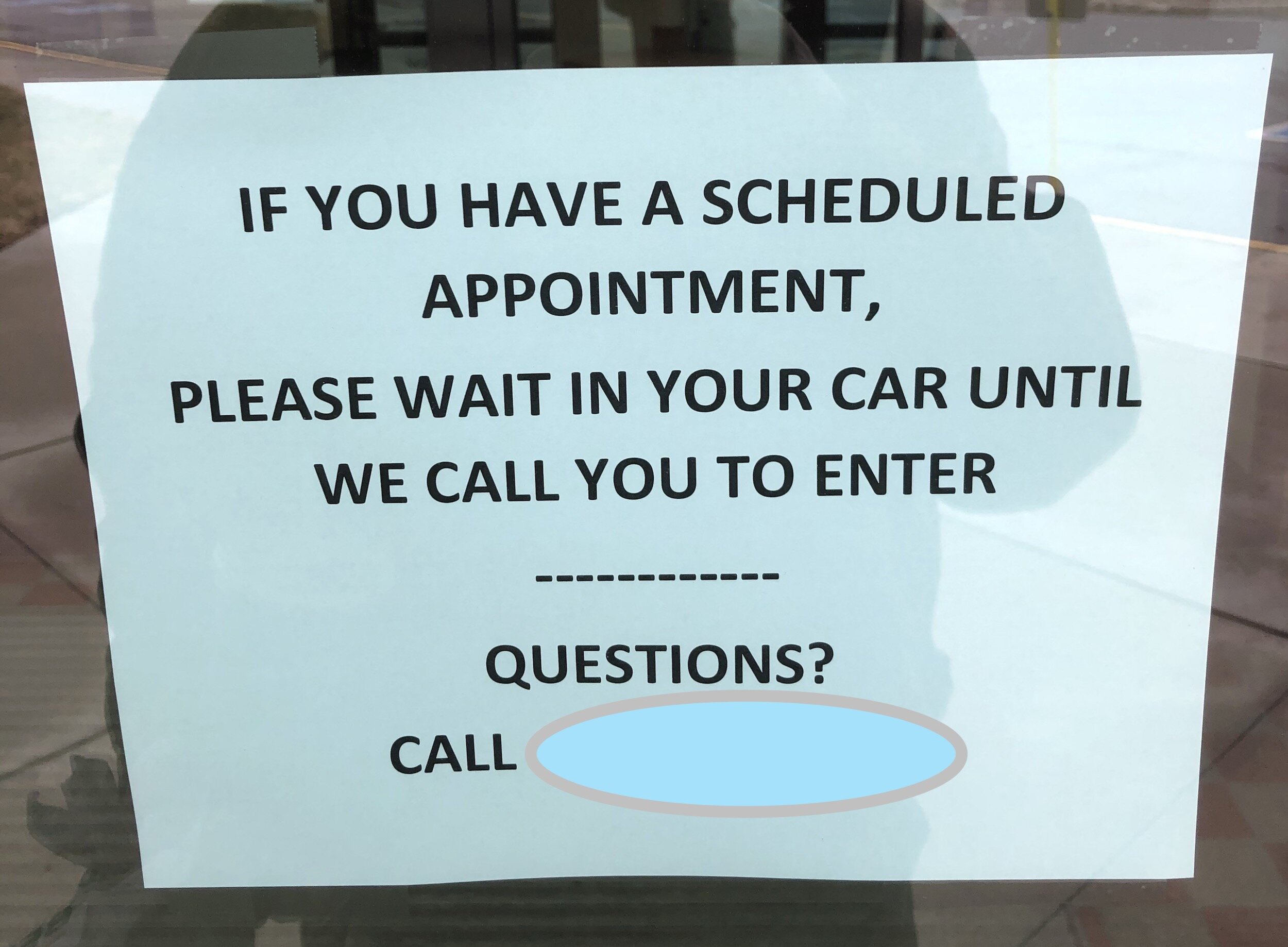Photo by nousnou iwasaki on Unsplash
The Eclipse . . . Understanding People . . . and New Babies!
Of course, next week is the total eclipse. We are fortunate to live near "ground zero" only 40 miles from the point where it will have the longest duration. Facts about the eclipse are all over the internet, the news, even Bill Nye--the former "science" now political guy--is coming here to take in the phenomenon. The frenzy makes me think of the old shows, like Gilligan's Island, where some natural phenomenon was interpreted at some sort of sign. Now, as then, I think the most fascinating thing to watch will be the people.
How do you understand people?
It was 15 years ago, that my colleague and I sat reviewing the data of the international consulting firm. It was the first time we were going to get an inside look into what a "real" consulting firm--and a very powerful and well respected firm--was doing to understand the employees.
What kind of statistical analysis would they be using? The goal had been to measure the employee satisfaction of the company's primary facility--about 3,000 employees--across many factors--supervision, company benefits, working conditions, training, etc. We wondered, as we opened the packet, what kind of statistical modeling would this leading company use to understand the data and compare this company to others in the industry and across the country? The answer was surprising.
We were already working with a manufacturing company when the head of HR suggested that our work be dove-tailed with the survey the company had completed recently. So, we had been given the raw data and were scheduled to meet with the primary consultants for the firm-a couple of Ph.D.s from Chicago. Our role was to conduct focus groups to turn the results into action plans. To do this we would be helping the company design a plan to get good "informants" from across the 9 plants and 3 shifts. We would conduct focus groups on each of the areas in which the company was "below" the threshold of the comparibles--other U.S. manufacturing firms.
What kind of statistics did the consulting firm use for these comparisons? The most basic and simple tests available. As a graduate student I expected much more sophistication. The metrics they were using? T-tests and P-values. Humble little T-tests. The simplest and first statistical test learned by new students of statistics.
Yes, the qualitative analysis, had it's benefits. You could see exactly how much this company differed statistically from the average. You could easily separate out the areas of strengths and weaknesses compared to a mythical average manufacturing firm. But, to explain the results, and to begin to formulate solutions they relied on talking to the employees themselves--thus the focus groups.
Speaking of numbers, this week we had some significant stats of our own. This week our family had 5.0 puppies born this week and 1.0 grandsons. A big week. But the stats hardly due it justice. It does not really explain "what it was like." Maybe it will help to have a little description . . . The pups are Dobie's--a Doberman/Collie mix and the grandson? Well, he's perfect. With dark hair, "monkey-toes," his mother's long fingers and his dad's forehead. Which tells you more about our week?
Here's our new momma, Scout, and the puppies!
The experience with the international firm, taught me a couple of valuable lessons. One, there is no need to fear large, power-house consulting firms. Since I live in the shadow of one of the biggest in the country that is important. Two, good tools are not always the most complex, or "showy" tools. In fact, when it comes to human systems I would trust the "gut" of a well-trained and experienced Psychologist over the technical prowess of most business consultants!
No statistics and quantitative analysis certainly have their place. But, if you really want to understand people, engage them in solutions, and get a deep understanding of the interactions of a work group or organizations, you'll need consultants with skills in qualitative methods.
After all, the results we care about, are the ones that impact people. We love hearing comments from customers like these::
"The team just seems happier."
"I didn't even know there wasn't ventilation in our plant." (Follow up to action plans implemented 2 years earlier)
"We are communicating more."
"I don't dread coming to work anymore."
"The start-up has gone smoothly and the Director and Assistant Director seem to be working together."
"Mom and I are treating each other with more respect."
"The problem has gone away."
"We saw how well things went with the organization after the consult that's why we're asking you to work with this other team."
Going back the topic of understanding people. If you were stranded on an island with a number of other people. Would you want to consult with a "bean counter" who could tell you that the "likelihood of one of the team becoming superstitious--maybe even to the point of threatening your rescue--was 60% in the first 250 days." Or would you want the people-person to tell you if the newly arrived castaway, Ted, was in danger of "flipping out?" I want to know about Ted.
So, if you find yourself headed "our way" to watch the eclipse because you are mesmerized by the science of it all--very cool. If you can quote the numbers--how often this happens, the duration of the event, the percentage of people that will be able to view it, or others--again cool. For me, while the eclipse is of great interest, it's not the primary one. So, don't mind me, I'll just be enjoying the experience . . . and watching the people.
Have a "people question?" Contact us and we'll see if we can help. We set aside time for free consults just for this purpose. There is no cost and no obligation.












